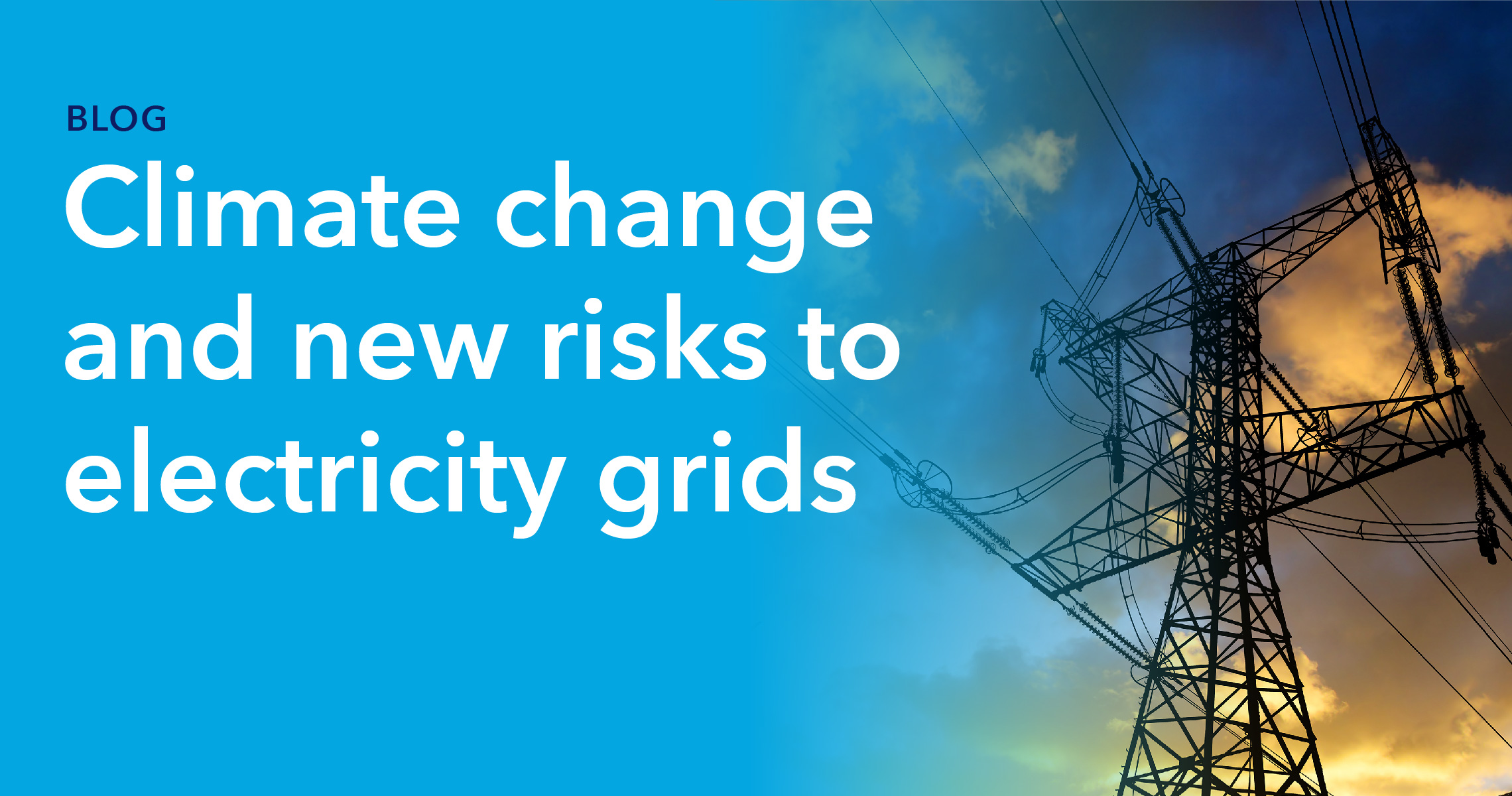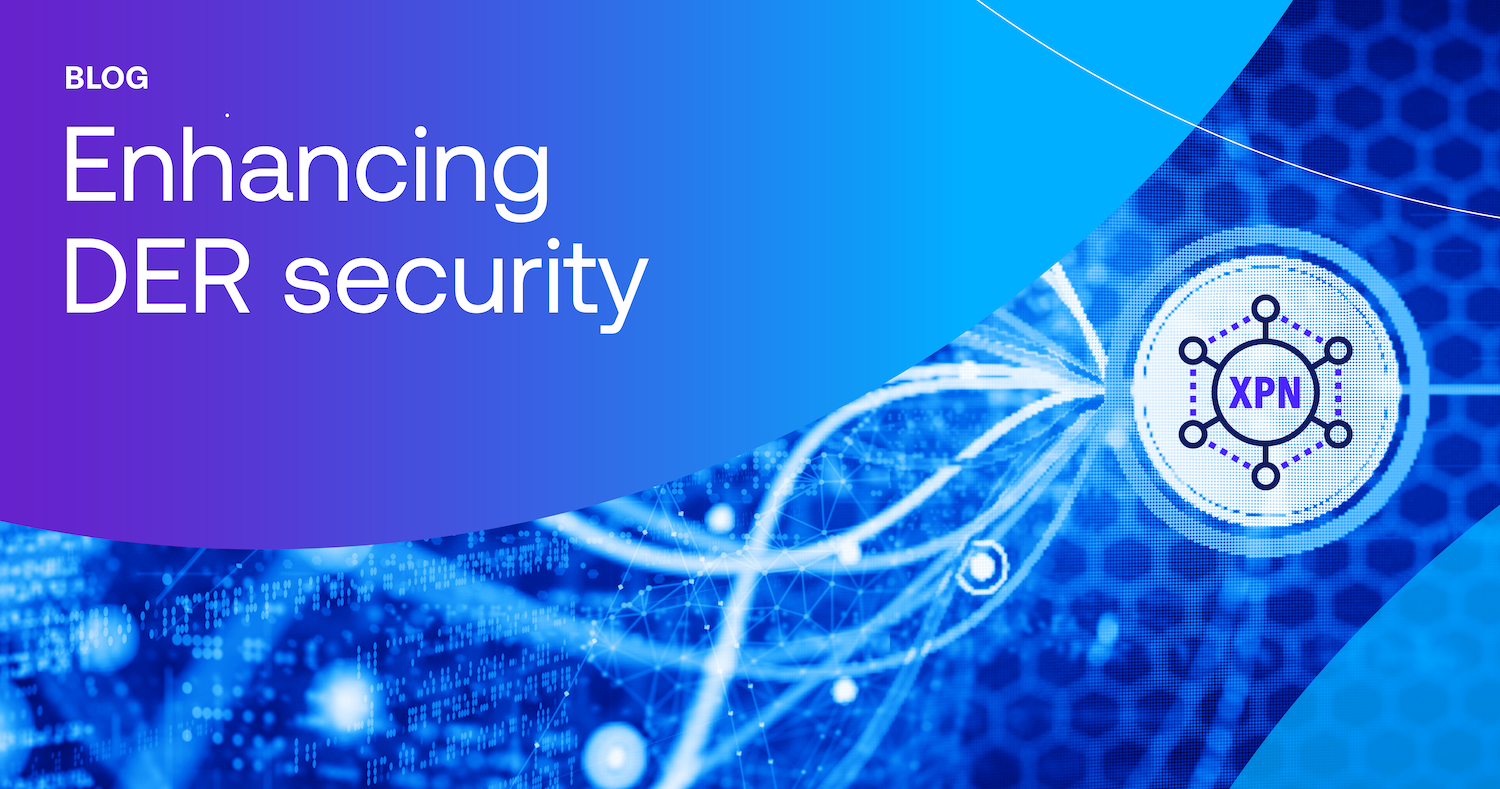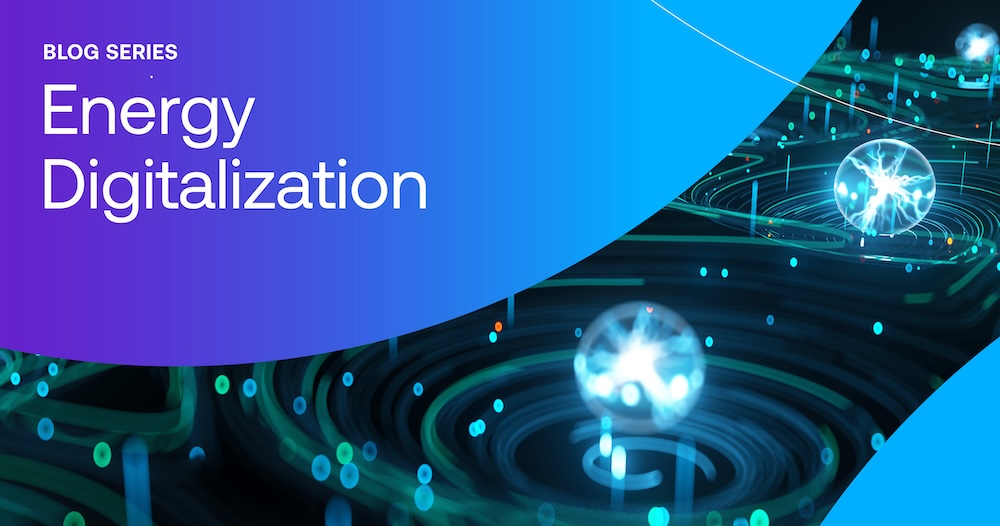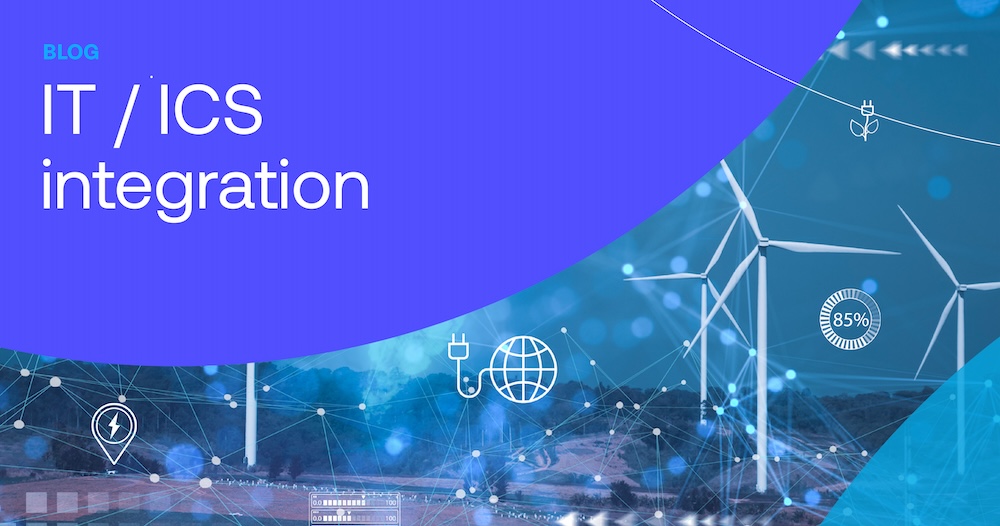The heat’s on but the lights are out—Climate change and new risks to electricity grids
Climate change is wreaking havoc on our energy systems, much sooner than expected. Extreme climate phenomena affect the predictability of renewable energy (due to unforeseen changes in how the wind blows and how the sun shines) but more importantly, fierce weather phenomena such as large-scale forest fires and storms are mounting an unexpectedly vicious attack on the grids themselves.
Electric grids are the plumbing that delivers electrons to energy companies’ consumers. While people think of grids as a bunch of wires, they also include the intelligence to route and manage electricity as it snakes its way from where it’s made to where it’s used. Today’s electricity grids were designed for a predictable environment but with increasingly unpredictable heat and cold weather events, they are pushed way beyond their tolerance and breaking point, often with disastrous results. In many cases, the resilience of an electric grid is a matter of life and death. Last February, due to an anomalous cold front that descended to North America from the Arctic Circle, Texas’ grid failed. The subsequent power outages resulted in hundreds of deaths.
So what’s the problem with the grids? Extreme climate events affect the electricity system in many ways. During extreme heat and cold temperatures, electricity usage spikes when people turn on their HVAC systems. The massive increase in consumption not only draws more energy than generators can produce, it also puts stress on the machines in the grid that gate the flow of electrons from source to sink. Climate events like flash flooding and fires are arguably worse as they physically assault electricity infrastructure. During the winter storm in Texas, natural gas plants froze. In the recent flash flooding in Germany, transformers flooded and washed away. During this summer’s extreme heat event in Oregon, Portland’s streetcar power cables literally melted in the heat.
Extreme weather patterns are here to stay, so we need solutions quickly. There’s a natural reaction amongst electric utility executives to engage in “infrastructure thinking.” That is, to build more traditional generation infrastructure that is bulletproof. Yet, some solutions, like building new gas fired power plants or weatherproofing wind turbines, are extremely costly and building truly bulletproof infrastructure in this manner is a fool’s errand. These extra costs would be borne by consumers and taxpayers, resulting in higher electricity bills, taxes, and deficits. But, a more efficient and faster way of building resilience into the system is to upgrade the intelligence of the grid using big data and IoT technologies.
The greatest difference between today and the last time that the American electricity infrastructure was significantly upgraded (the 1930s), is the advent of digital networks and computing devices (IoT). We can now add smart devices to the network at the “edge” of the grid. These devices can talk to the sources of electricity and can create an adaptive system that can react in real time to rapidly unfolding weather events. Ironically, the greatest challenge to implementing this is not technical, but rather sociological. In order to do this properly, many constituents need to come together, not only to agree to do this, but to share data in ways that have never been done before.
Many people would be surprised to discover that in an age of hyper-connectivity, our utilities and energy generators are still operating as siloed, closed entities. There is a serious lack of data sharing and coordination between grid operators and this is compounding the dire problems that climate change is bringing. While the energy system in the U.S. comprises several regional grids that are tied together, the control of the grid is more fragmented, operated by a combination of state-owned and private entities. If grid operators were more open and collaborative, electricity balancing would be easier and the impact of events like the Winter Freeze in Texas would be lessened.
The lack of connectivity is also evident on a micro- or consumer-level. At the moment, many of the connected devices in our homes don’t communicate with each other, and importantly, they don’t exchange electrons. This results in wasted capacity. For example, if you have an electric car sitting in your garage that you won’t need to drive soon, the electricity in its battery could be fed back into the grid to power your home’s lights. Moreover, our homes and neighborhoods now have the ability to generate electricity (through solar panels or local turbines) and feed these electrons back into the grid. Linking up privately owned energy assets such as solar panels with battery storage units, EVs and thermostats can make communities more self-sufficient and can offset electricity shortfalls when the main grid is under stress.
Linking privately owned energy assets together is known as ‘virtual power plants’ (or VPPs). These VPPs can coordinate demand response and can provide electricity during times of peak demand, therefore removing the need for gas fired ‘peaker plants’. These VPPs also harness intelligent load optimization, linking energy asset data, with consumption data, weather and climate data.
More connectivity means smarter grids, which use less energy. As energy assets become more connected and as data becomes more fluid within the electricity supply, energy system algorithms will have more data to refine and optimize the electricity grid. Over time, this will result in a more intelligent system, both at the macro level for grid operators, and at the micro level in our homes and communities.
There is one key consideration in all of this—trust. Energy data is highly proprietary data, especially sensitive consumer energy data that is protected by regulations like the GDPR (General Data Protection Regulation). If we are to sustain the dynamic, connected, and intelligent grid system needed for energy decarbonization, we need to ensure that data is handled correctly and that IoT devices can exchange information in a scalable and trusted fashion. Security and trust cannot be an afterthought—they must be baked into this dynamic electricity system from the very start.
About Kezia Wright
Kezia Wright is Head of Climate & Sustainability at Intertrust. She is also an Advisor to the Clean Tech Alliance, a European consortium of sustainability professionals, and an active member of the Zero Waste Alliance Ireland, a non-profit that aims for policy change around waste in her native Ireland. She has previously been on the Leadership Team for the Young Professionals in Energy Bay Area Chapter, has worked for the World Wildlife Fund in Washington DC, and set up an environmental organization that was nominated for an Irish Red Cross Award. Kezia writes and releases music under the name “Kez.”




